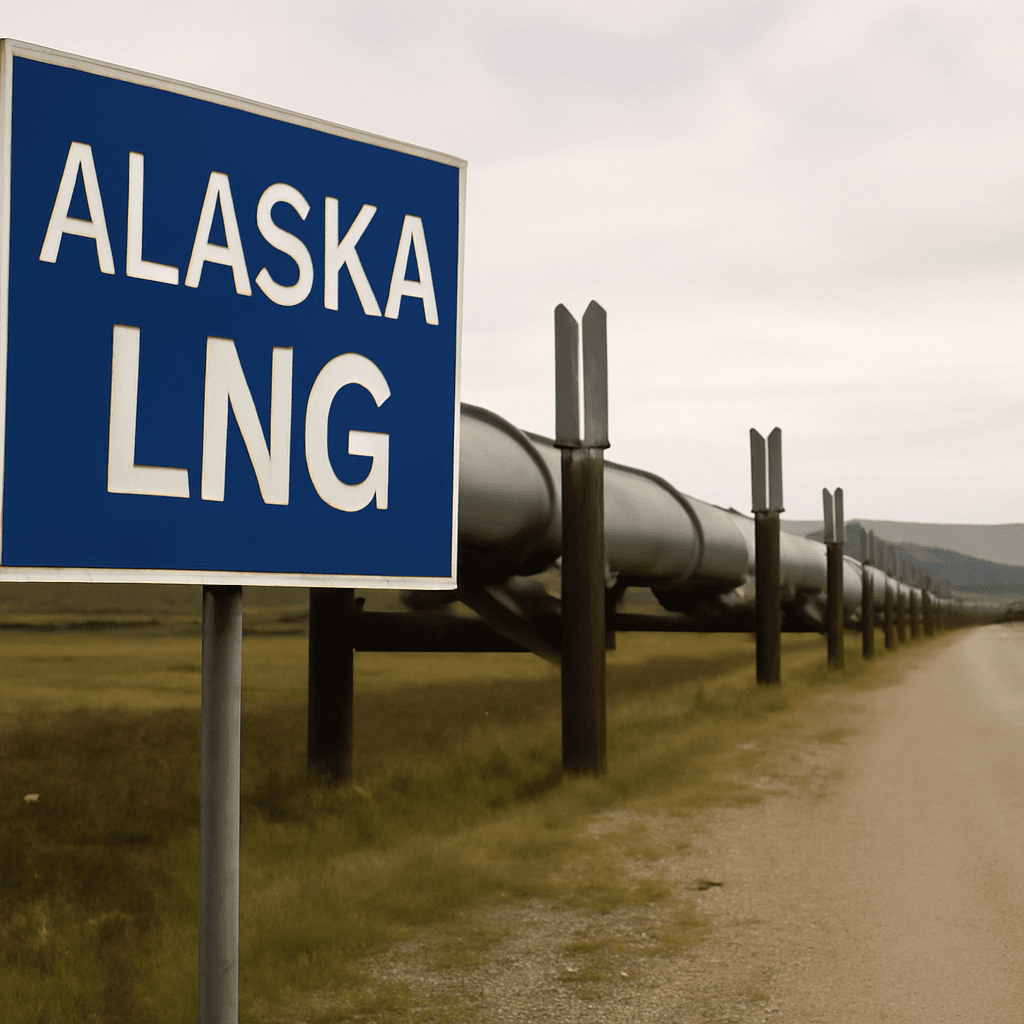Canada Embarks on New Energy Trade Route with Asia
In a landmark development for Canadian trade and energy policy, the Gaslog Glasgow tanker recently departed from Kitimat, British Columbia, carrying Canada's first significant shipment of liquefied natural gas (LNG) to South Korea. This historic shipment is more than a commercial milestone — it signals Canada's growing intent to diversify its export markets beyond its long-standing dependence on the United States, shifting toward Asia's burgeoning energy demands.
A Decade in the Making: The Kitimat LNG Project
The voyage culminates over ten years of planning, investment, and construction. The Kitimat LNG terminal, valued at approximately 48 billion Canadian dollars (around $35 billion), encompasses integrated infrastructure including gas fields, pipelines, docks, and processing plants. This massive endeavor demonstrates Canada’s ambition to transform itself into a key global energy supplier, a vision passionately endorsed by Prime Minister Mark Carney.
“Canada has what the world needs,” Carney declared on the day the tanker set sail. “By turning aspiration into action, Canada can become the world’s leading energy superpower.”
Strategic Importance Amid a Changing Global Energy Landscape
This pivot toward Asia comes at a critical juncture. Canada historically funnels the vast majority of its oil and gas exports southward to the United States, with about $6 billion worth of LNG sold there last year. However, America's energy landscape has dramatically transformed in recent years, with a surge in U.S. production cutting into Canadian market share and reducing Canadian exports to the U.S. since 2010.
Moreover, political frictions such as the trade tensions and tariff impositions under former President Trump, alongside broader geopolitical uncertainties, have spurred Canadian policymakers to seek alternative avenues that can shield their economy from overdependence.
Balancing Economic Opportunity with Environmental and Indigenous Concerns
While the new LNG export route offers potential economic growth and greater energy security, it is not without controversy. Alberta, a resource-rich yet landlocked province, eagerly advocates for expanding pipeline infrastructure and port access through British Columbia to further integrate its energy products into global markets.
However, these efforts encounter substantial resistance:
- British Columbians express concerns over increasing tanker traffic threatening fragile coastal ecosystems and regional safety.
- Environmental groups argue that pushing fossil fuel exports contradicts Canada’s commitments to combat climate change and reduce greenhouse gas emissions.
- Indigenous communities actively contest proposed pipelines, emphasizing their treaty rights and the need for meaningful consent, particularly challenging new federal laws aimed at speeding pipeline approvals on their lands.
The intersection of economic ambition and environmental stewardship presents policymakers with complex questions: How can Canada balance its energy export goals with its climate commitments? What role should Indigenous rights play in approving such infrastructure?
Expert Insight: What This Means for North American Energy Dynamics
From a policy standpoint, Canada’s ability to diversify export markets is a strategic hedge against future disruptions in North American energy trade. The Asian energy market, particularly countries like South Korea, Japan, and China, represents immense growth potential due to rising energy consumption and limited domestic resources.
Yet, the global shift toward cleaner energy presents both challenges and opportunities. LNG is often viewed as a transition fuel that can help reduce reliance on more carbon-intensive coal and oil. Canada's abundant natural gas reserves position it well to serve as a stable, lower-carbon energy supplier — but only if environmental concerns are squarely addressed.
Looking Ahead: Key Questions for Canada’s Energy Future
- Will the Canadian government prioritize infrastructure projects that open new trade corridors, or will environmental and Indigenous opposition slow progress?
- How will evolving U.S. energy policies affect cross-border export dynamics in the coming decade?
- Can Canada reconcile its LNG expansion plans with its international climate commitments?
Editor’s Note
Canada’s first LNG shipment to Asia is more than just a trade milestone — it encapsulates the broader tension between economic opportunity and environmental responsibility faced by resource-rich nations worldwide. As Canada charts this new energy path, the intricate balance of Indigenous rights, ecological preservation, and economic diversification will continue to shape its role on the global stage. Observers and citizens alike should watch closely how these competing priorities evolve, as the stakes influence not only Canada’s economy but also the global energy transition.



















